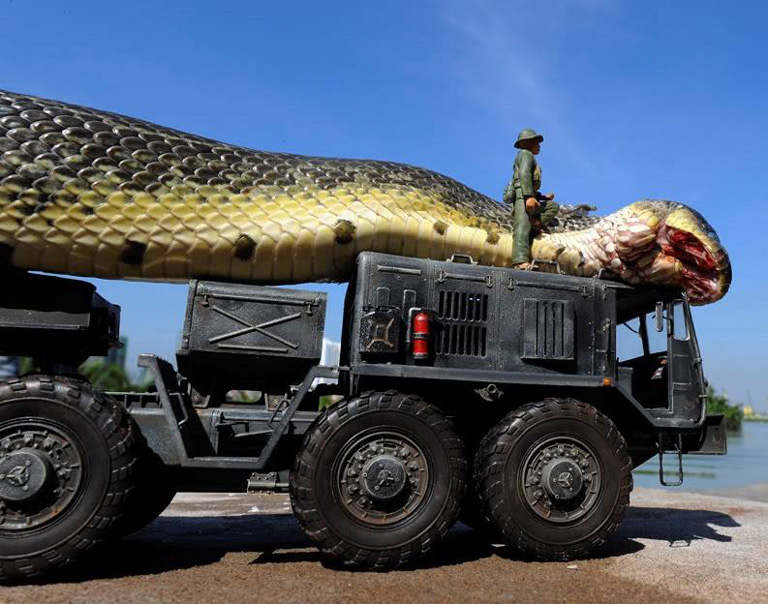

Yellow anacondas live in Paraguay, southern Brazil, Bolivia and northeastern Argentina, according to ADW. Green anacondas are found in the Brazilian Amazon basin, the Orinoco basin, Colombia, Venezuela, Ecuador, Peru, Bolivia, Trinidad and the Guianas, Jacksonville Zoo states. Anaconda in the wildĪll anacondas live in South America east of the Andes. These anacondas have dark brown or black spots on a brown background and grow to be about 9 feet (2.7 m) long, according to Charlotte Penhaligan in " Snakes: Essential Wildlife" (Character 19, 2021). Their coloring is similar to the green anaconda, according to World Atlasĭark-spotted anaconda ( Eunectes deschauenseei ) Not much is known about these anacondas, which were long considered a hybrid of yellow and green anacondas until scientists determined they were their own species.

The average length is about 9 feet (2.7 m), according to the World Land Trust.īeni or Bolivian anaconda ( Eunectes beniensis ) Each snake has a unique pattern of yellow and black scales on the bottom of its tail. Yellow anacondas have yellow, golden-tan, or yellow-green coloring with black or dark brown blotches, spots, streaks, and dorsal bands. (45 and 68 kg), according to " The Lives of Amphibians and Reptiles in an Amazonian Rainforest" (Cornell, 2005) by William E.

(250 kilograms), according to National Geographic, but the average is probably somewhere between 100 and 150 lbs. The average size of female anacondas is around 15 feet (4.5 m), and the average size of males is around 9 feet (2.7 m), according to Boas and Pythons of the World. The Guinness Book of World Records lists the longest snake ever recorded as a 25-foot (7.6 m) reticulated python. While many publications, including National Geographic and the San Diego Zoo list anacondas’ maximum verified length as 29 or 30 feet (9 m), Rivas, who has captured and measured more than 1,000 anacondas, believes they don’t grow much longer than 20 feet (6 m). Furthermore, the skins of dead snakes can be stretched, meaning that it is hard to scientifically verify the length of those, too, especially historical samples, according to Wonderpolis. Also, an anaconda that has recently eaten will look much larger than one that hasn’t, causing exaggerated estimations of size. People who see anacondas in the wild are likely to overestimate their length due to fear. It is hard to stretch out a captive anaconda, not to mention potentially dangerous for the snake, according to Rivas. Green anacondas’ length is still a matter of debate, said Heyborne. Their sides are sometimes more yellow than green with egg-shaped spots with yellow centers, according to the Jacksonville Zoo. They have black or brown egg-shaped spots on the mid-to posterior back of their bodies. True to their name, these are greenish-brown, olive, or greenish-gray. A yellow Anaconda (Image credit: Getty/ Paul Starosta)


 0 kommentar(er)
0 kommentar(er)
